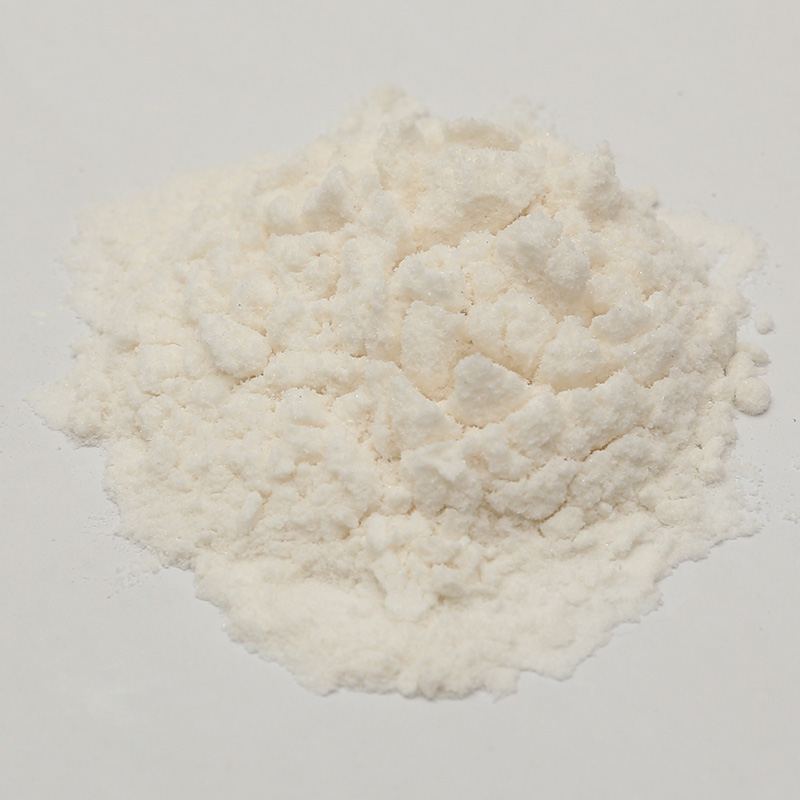In the rubber industry, with the development of production and the improvement of the performance of rubber products, the problem of increased heat generation of rubber during processing has successively appeared. Therefore, how to ensure safety during processing has become a very important issue. The main method commonly used now is to add a small amount of scorch inhibitor (or scorch inhibitor, retarder) during the process to improve the safety of the process and increase the storage life of the rubber or glue. When it is difficult to adjust the vulcanization system to achieve the required operational safety, adding an anti-scorch agent can often easily meet the requirements for the scorch performance of the rubber compound. Although the amount of anti-scorching agent is very small, it will have more or less adverse effects on the performance of the rubber after being mixed into the rubber, so it is generally not used as much as possible.
2. Rubber processing and anti-scorching agent
In the process of storage and processing, due to the effect of heat, the rubber will undergo early vulcanization (crosslinking) and lose fluidity and reprocessing ability. This is the scorch phenomenon. Scorch of rubber is one of the common problems in rubber processing. Especially in the modern characteristics of high temperature, rapid and efficient processing technology and the use of compounding agents that are easy to cause scorch (such as reinforcing resin, meta-white system binder, fine particle carbon black, etc.), the scorch problem is more likely to occur . Scorch can be solved by adjusting the vulcanization system, but be careful to cause changes in rubber properties; cooling can be used to improve rubber storage or processing conditions, but complex equipment is required. It is now widely believed that the use of anti-scorching agent is the simplest and most feasible method to prevent scorching. Therefore, the anti-scorch agent has become an important operating aid for the safety of rubber processing.
3. The category and performance of anti-scorching agent
There are three types of chemicals that can be used as rubber anti-scorching agents, namely organic acids, nitroso compounds and sulfenamides.
(1) Organic acids: such as salicylic acid, benzoic acid, o-acetic acid, benzoic acid, and phthalic anhydride. Such chemicals have weak anti-scorch ability and large selection of accelerators, which will reduce the vulcanization speed and the performance of vulcanizates, and are irritating to the skin. Among them, phthalic anhydride is more commonly used, which can be used for light-colored rubber products, and is only effective for alkaline accelerators DPG and MBT accelerators, but not for NOBS and TMTD.
(2) Nitroso compounds: N-nitroso diphenylamine, N-nitroso-phenyl-β-naphthylamine, N-nitroso-2,2,4-trimethyl-1,2 -Dihydroquinoline polymer. One of the most commonly used is N-nitroso diphenylamine (NDPA). Unlike organic acids, this type of anti-scorching agent has a better anti-scorching effect on commonly used thiazole and sulfenamide accelerators.
(3) Sulfonamide anti-scorching agent: It is a series of compounds containing S-N bonding. The general formula of the molecular structure is as follows:
R1(R2)-N-S-R3
With different R groups, different performance antiscorching agents can be obtained. Among them, commercial CTP or PVI is the most excellent anti-scorching agent.
Any anti-scorch agent should meet the requirements of rubber processing performance, that is, it has excellent anti-scorch performance; it has low selectivity to different accelerators and coke species; it is not sensitive to other compounding agents; it has no adverse effects on the vulcanization characteristics of the rubber compound and the performance of the vulcanized rubber. Impact; stable storage and good operating performance; no agglomeration, no flying, easy to disperse, no blooming; in line with process safety and sanitation requirements.




 English
English Português
Português Español
Español русский
русский 中文简体
中文简体










